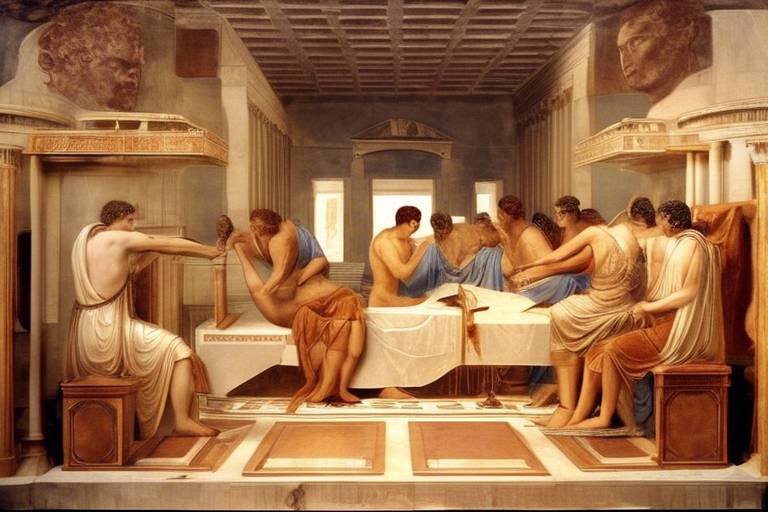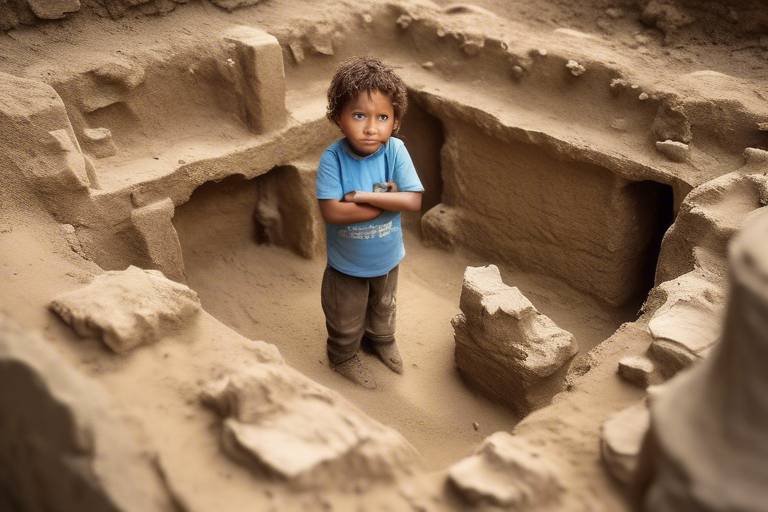Analyzing the Art and Architecture of the Roman Empire
The art and architecture of the Roman Empire stand as a testament to the ingenuity, creativity, and cultural richness of one of the most influential civilizations in history. From grand structures like the Colosseum to intricate mosaics and sculptures, Roman art and architecture have left an indelible mark on the world. By delving into the artistic expressions and architectural marvels of the Romans, we can unravel the stories, beliefs, and achievements that shaped their society and continue to inspire us today.

Roman Art: A Visual Expression of Power and Culture
When we delve into the world of Roman art, we are met with a visual tapestry that not only reflects the power of the empire but also encapsulates its rich cultural heritage. From the humble beginnings influenced by Etruscan and Greek art to the pinnacle of artistic achievement during the Roman Empire, the evolution of Roman art is a testament to the creativity and skill of its artists.
Sculptures, mosaics, and frescoes were the primary mediums through which Roman artists expressed themselves. These artworks depicted not only historical events but also celebrated the gods and emperors of the time. The lifelike statues of emperors served not only as artistic representations but also as political propaganda, emphasizing the authority and divinity of the rulers.
The intricate mosaics found in Roman villas and public buildings showcased scenes from mythology, daily life, and nature, demonstrating the meticulous craftsmanship of Roman artisans. Similarly, the vibrant frescoes adorning the walls of Pompeii and Herculaneum provided a glimpse into the daily lives and beliefs of the ancient Romans.
Through their art, the Romans sought to immortalize their culture and achievements, leaving behind a legacy that continues to captivate and inspire us today. The visual language of Roman art speaks volumes about the values, beliefs, and aspirations of a civilization that shaped the course of history.
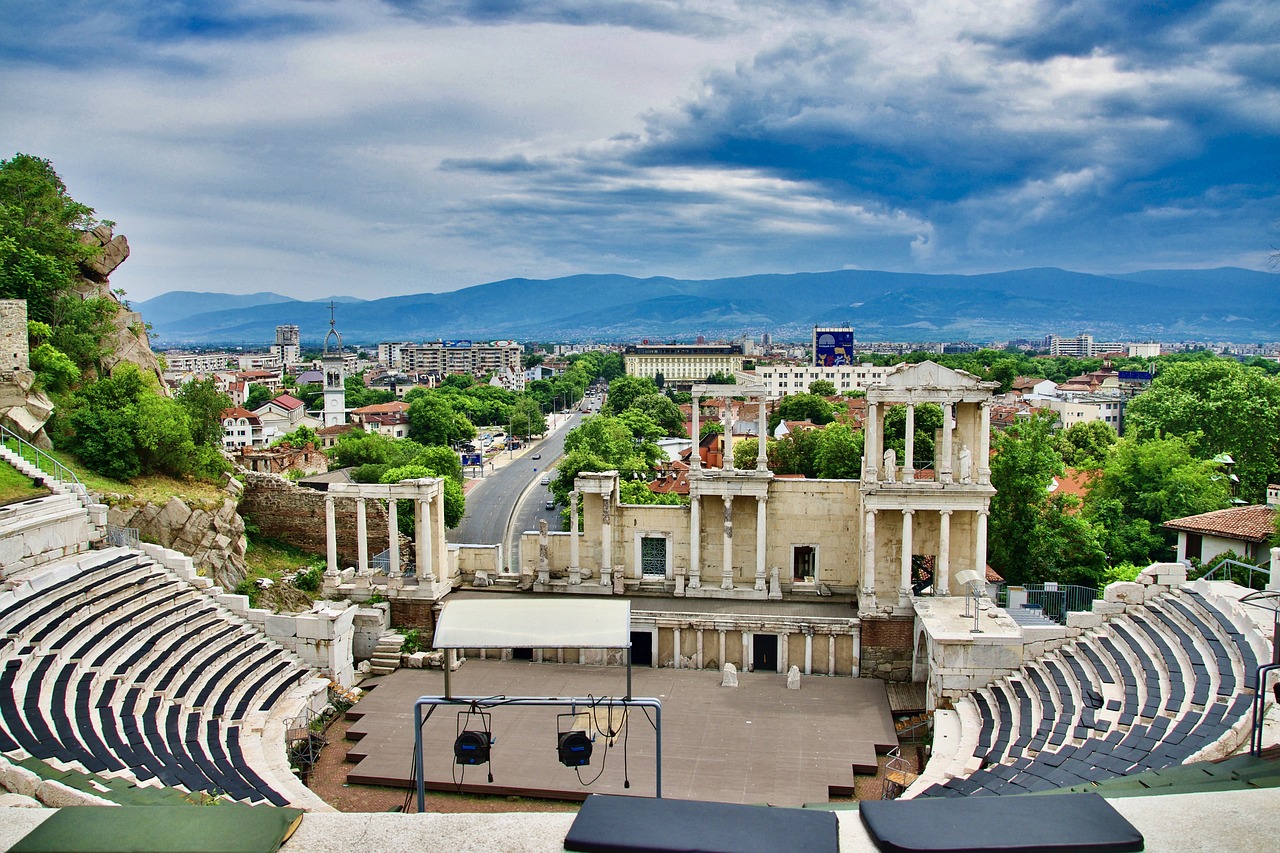
Roman Architectural Marvels: Engineering Feats and Innovation
The Roman Empire is renowned for its architectural marvels that stand as testaments to the ingenuity and engineering prowess of ancient Roman builders. From the iconic Colosseum to the majestic Pantheon, Roman architecture continues to awe and inspire visitors with its grandeur and innovation.
One of the most impressive feats of Roman engineering is the Colosseum, a massive amphitheater that could hold up to 80,000 spectators. Built in the 1st century AD, the Colosseum is a symbol of Roman architectural innovation, featuring a complex system of vaults, arches, and corridors that supported the structure and facilitated the flow of crowds.
Another architectural masterpiece is the Pantheon, a temple dedicated to the Roman gods that showcases the use of concrete construction and a massive domed roof. The Pantheon's oculus, or open central space at the top of the dome, is a remarkable engineering achievement that allows natural light to filter into the interior, creating a dramatic play of light and shadow.
Roman aqueducts represent another remarkable example of Roman engineering prowess, with structures like the Pont du Gard in France demonstrating the sophisticated techniques used to transport water over long distances. These aqueducts not only supplied water to Roman cities but also served as symbols of Roman power and civilization.
Moreover, Roman architects were known for their innovative designs and use of materials such as concrete, arches, and vaults to create durable and monumental structures. The enduring legacy of Roman architectural techniques can be seen in the construction of bridges, cathedrals, and government buildings in modern times.
In conclusion, Roman architectural marvels continue to captivate audiences with their grandeur, engineering feats, and innovative designs. The legacy of Roman architecture lives on in the enduring monuments that stand as a testament to the skill and vision of ancient Roman builders.

Symbolism and Iconography in Roman Art
Symbolism and iconography played a crucial role in Roman art, serving as powerful tools for conveying messages and reflecting the values of Roman society. The use of mythological figures, military symbols, and architectural elements in Roman artworks was not merely decorative but carried deep meanings and symbolism.
Mythological figures, such as gods and goddesses, were commonly depicted in Roman art to symbolize virtues, power, and divine protection. For example, the portrayal of Jupiter, the king of gods, symbolized authority and leadership, while Venus represented love and beauty. These mythological figures were not just artistic creations but served as symbolic representations of ideals and beliefs cherished by the Romans.
Military imagery was another prominent feature in Roman art, reflecting the militaristic nature of Roman society and the glorification of conquest and warfare. Depictions of Roman soldiers, battle scenes, and triumphal processions conveyed messages of strength, valor, and the might of the Roman Empire. These images not only celebrated military achievements but also instilled a sense of patriotism and loyalty among the Roman populace.
Architectural elements, such as columns, arches, and domes, were frequently incorporated into Roman art to symbolize stability, grandeur, and architectural prowess. The use of these elements in sculptures, reliefs, and monuments served to highlight the architectural achievements of the Romans and emphasize the enduring legacy of Roman engineering and construction techniques.
Overall, the symbolism and iconography in Roman art provided a visual language through which complex ideas, beliefs, and values were communicated to the viewers. By decoding the symbolic meanings behind the images and motifs in Roman artworks, one can gain a deeper understanding of the cultural, religious, and political context in which these masterpieces were created.
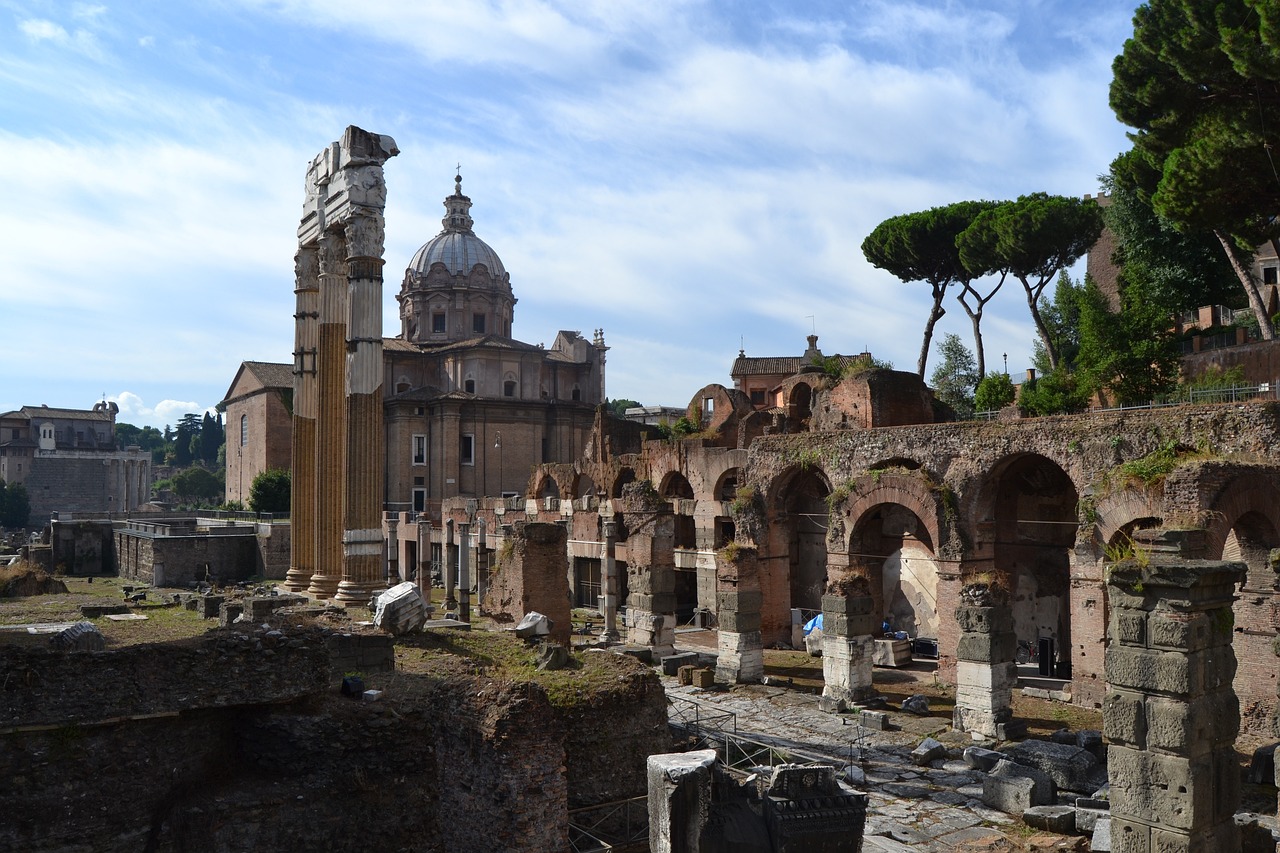
Roman Artists and Architects: Masters of Their Craft
Roman artists and architects of ancient times were truly masters of their craft, pushing the boundaries of creativity and innovation to leave a lasting impact on art and architecture. Renowned for their attention to detail and technical skill, these talented individuals played a crucial role in shaping the artistic landscape of the Roman Empire. One of the most celebrated sculptors of the time was Phidias, known for his monumental statues and sculptures that adorned temples and public spaces, showcasing a deep understanding of anatomy and form. Similarly, Praxiteles was revered for his elegant and graceful sculptures that captured the beauty of the human form with unparalleled skill and finesse. Another notable figure, Apelles, was a master painter whose works were praised for their realism and emotional depth, setting new standards for artistic excellence.
In the realm of architecture, Vitruvius stood out as a visionary architect and engineer, known for his treatise on architecture that laid the foundation for architectural principles still followed today. His emphasis on symmetry, proportion, and functionality influenced generations of architects and builders, shaping the way structures were designed and constructed. Roman architects like Vitruvius were not only skilled in the technical aspects of building but also had a deep understanding of aesthetics and spatial design, creating buildings that were not only structurally sound but also visually stunning.
The mastery of Roman artists and architects can be seen in the intricate details of their creations, from the elaborate carvings on marble statues to the precise alignment of columns in grand temples. Their works reflected not only technical prowess but also a deep appreciation for beauty and harmony, elevating Roman art and architecture to new heights of sophistication and elegance. Through their dedication to their craft, these talented individuals left behind a rich legacy that continues to inspire and awe audiences to this day.

Preservation and Restoration of Roman Artifacts
Preservation and restoration of Roman artifacts play a crucial role in maintaining the cultural heritage of ancient Rome for future generations. The challenges involved in preserving these invaluable pieces of history are immense, ranging from environmental factors to human intervention. Conservation efforts often require a delicate balance between protecting the artifacts and ensuring they remain accessible to the public.
Archaeological discoveries have provided valuable insights into the techniques used by Roman artists and architects, shedding light on their innovative approaches to art and engineering. The meticulous process of restoring these artifacts involves skilled professionals who carefully clean, repair, and stabilize the pieces to prevent further deterioration.
One of the key methods used in the preservation of Roman artifacts is documentation, where detailed records are kept to track the condition of the artifacts over time. This information is essential for monitoring changes in the artifacts and implementing appropriate conservation measures to prevent damage.
Conservation laboratories play a vital role in the restoration process, equipped with specialized tools and materials to treat fragile artifacts with the utmost care. Through scientific analysis and research, conservators are able to identify the materials used in the creation of the artifacts and develop tailored conservation strategies to ensure their longevity.
Additionally, public awareness and education about the importance of preserving Roman artifacts are essential for garnering support for conservation efforts. Museums and cultural institutions play a significant role in raising awareness about the significance of these artifacts and the need to protect them for future generations to appreciate and study.
In conclusion, the preservation and restoration of Roman artifacts require a multidisciplinary approach that combines artistry, science, and historical knowledge. By safeguarding these treasures of the past, we can continue to unravel the mysteries of ancient Rome and appreciate the artistic and architectural achievements that have shaped our modern world.
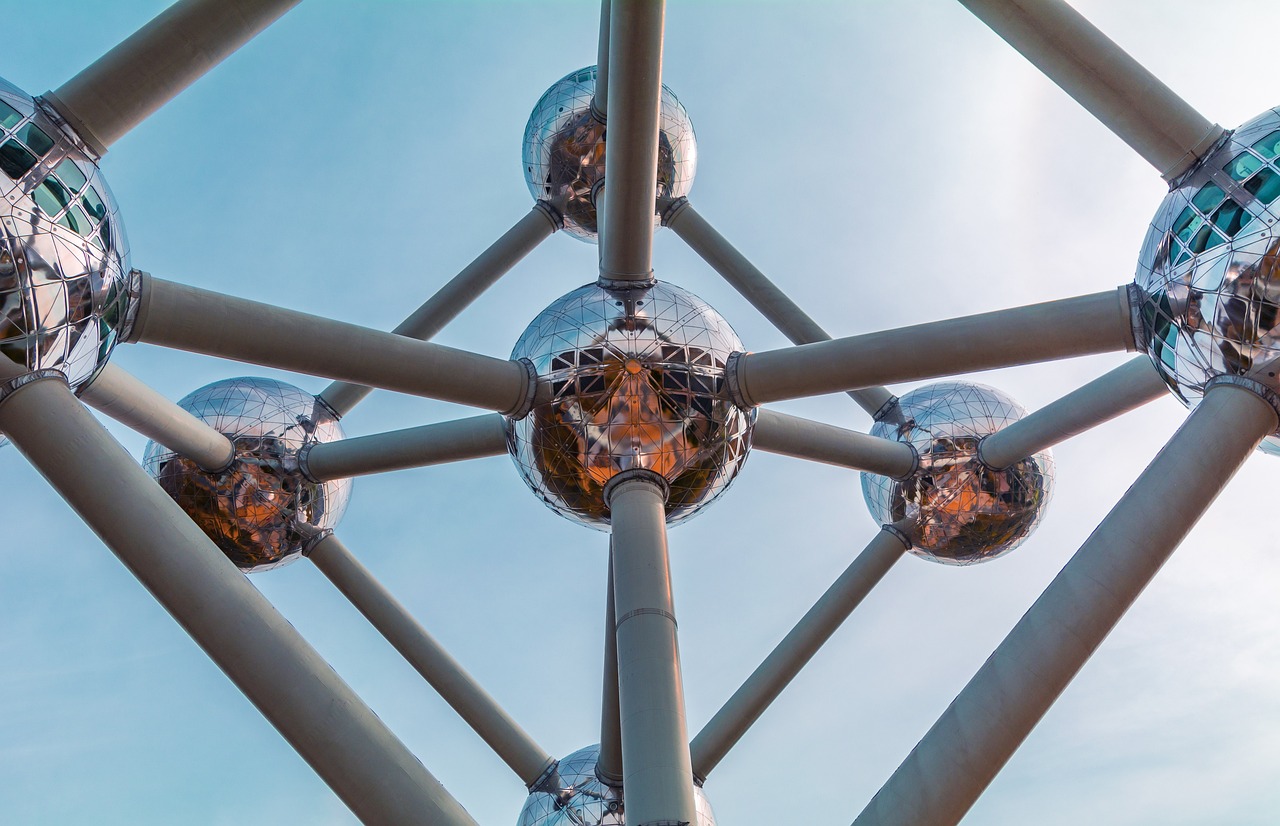
Influence of Roman Art and Architecture on Western Culture
When we look at the vast expanse of Western culture, it's impossible to ignore the profound influence that Roman art and architecture have had on shaping its aesthetic and structural identity. The Romans were not only master builders and skilled artisans but also innovators who introduced new techniques and styles that have stood the test of time.
One of the most significant ways in which Roman art and architecture have impacted Western culture is through their emphasis on grandeur and magnificence. The Romans were known for their monumental structures, such as the Colosseum and the Pantheon, which have inspired awe and admiration for centuries. These architectural marvels set a standard for future generations, influencing the design of cathedrals, palaces, and government buildings across Europe and beyond.
Moreover, Roman artistic styles, characterized by realism, attention to detail, and a focus on narrative storytelling, have left a lasting imprint on Western art. The use of marble sculptures, intricate mosaics, and vibrant frescoes to depict historical events, mythological tales, and everyday life has been emulated by artists throughout history.
Furthermore, the Romans' incorporation of Greek artistic principles and their own innovations in art and architecture have created a rich tapestry of influences that can be seen in modern artworks, city planning, and decorative elements. From the use of arches and domes in architectural design to the portrayal of heroic figures and divine beings in paintings and sculptures, Roman art continues to resonate with contemporary audiences.
By studying Roman art and architecture, we not only gain insight into the cultural and artistic achievements of an ancient civilization but also appreciate the enduring legacy that continues to shape our visual landscape today. The fusion of beauty, functionality, and symbolism in Roman artworks serves as a testament to the power of creativity and innovation in leaving a lasting impact on future generations.
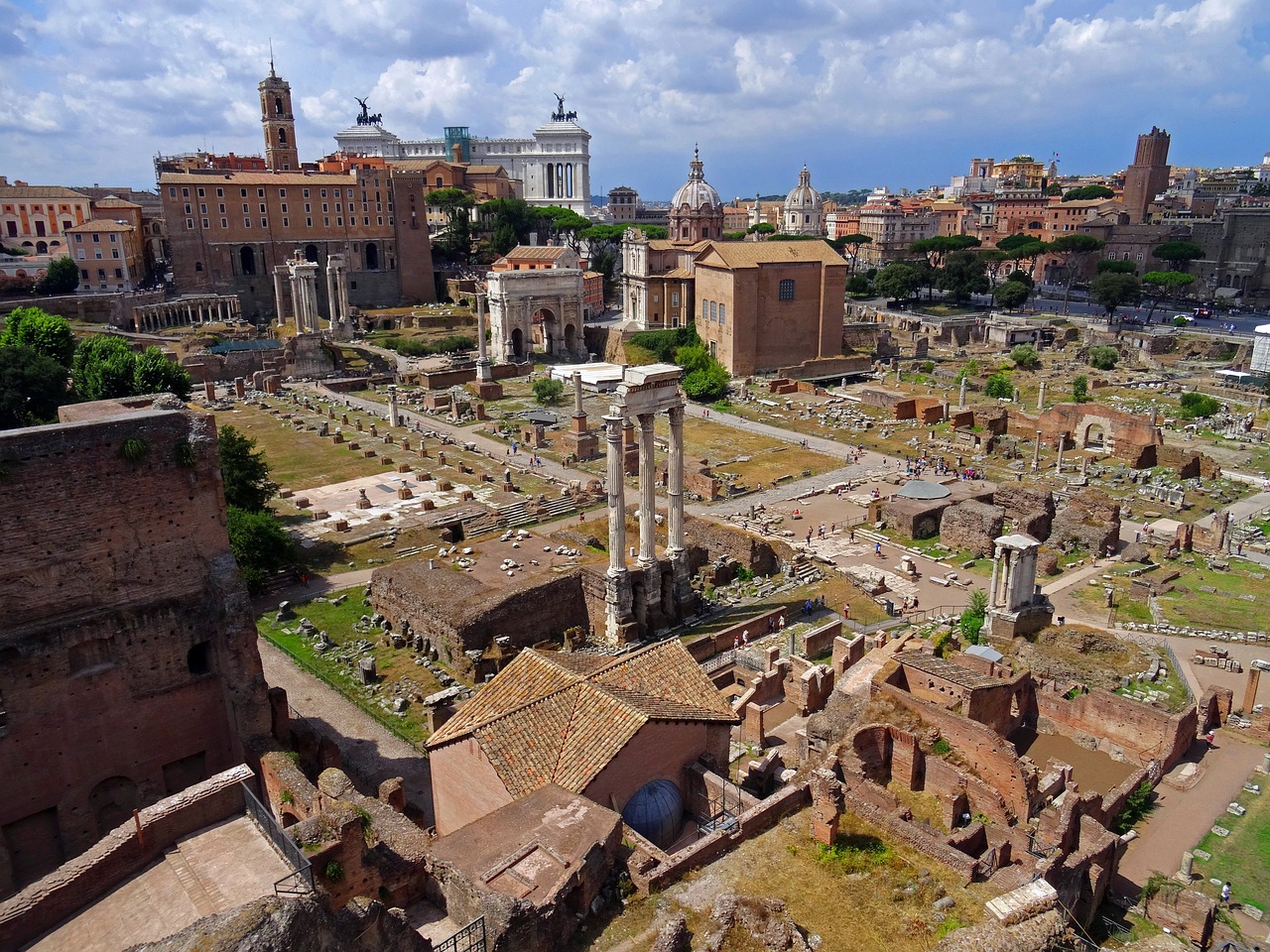
Religious Themes in Roman Art and Architecture
Religious themes played a significant role in Roman art and architecture, reflecting the spiritual beliefs and practices of the ancient Romans. The depiction of deities, religious rituals, and sacred spaces in temples, shrines, and public monuments showcased the importance of religion in Roman society. Gods and goddesses were commonly portrayed in sculptures and frescoes, embodying divine power and influence. The intricate details and symbolism in religious artworks conveyed the reverence and devotion of the Romans towards their pantheon of gods.
A key aspect of Roman religious art was the incorporation of mythological figures and stories into artistic representations. Mythological scenes were often depicted in murals and mosaics, illustrating tales of gods, heroes, and mythical creatures. These artistic interpretations not only served as decorative elements but also carried symbolic meanings related to religious beliefs and moral values. The fusion of art and mythology in Roman culture provided a visual narrative of the divine realm and reinforced the spiritual connection between the mortal world and the divine beings.
Moreover, the architectural design of Roman temples and religious structures reflected the sacred nature of these spaces. Elaborate columns, intricate friezes, and grand facades were crafted to honor the gods and create a sense of awe and reverence among worshippers. The layout and ornamentation of temples were carefully planned to accommodate religious ceremonies and rituals, emphasizing the importance of architectural symbolism in religious practices.
Religious themes in Roman art and architecture also extended to public monuments dedicated to deities and religious events. Triumphal arches, obelisks, and commemorative sculptures glorified victorious military campaigns, religious festivals, and imperial cults. These monumental artworks served as propaganda tools to promote the power and authority of the Roman state, intertwining political and religious symbolism in public spaces.
In conclusion, the integration of religious themes in Roman art and architecture not only reflected the spiritual beliefs of the ancient Romans but also demonstrated the cultural significance of religion in shaping artistic expression and architectural design. The rich tapestry of religious symbolism and iconography in Roman artworks continues to fascinate scholars and art enthusiasts, offering insights into the religious practices and beliefs of one of the greatest civilizations in history.

Roman Artifacts in Museums: Unveiling the Past
Stepping into museums around the world is like embarking on a journey through time, where ancient Roman artifacts serve as windows into the past, offering glimpses of a civilization rich in art, culture, and innovation. These artifacts, carefully preserved and displayed, hold stories of triumphs, traditions, and daily life in the Roman Empire, allowing us to connect with history in a tangible way.
Among the most renowned museums showcasing Roman artifacts are the Louvre in Paris, the British Museum in London, and the Vatican Museums in Rome. These institutions house a treasure trove of relics, including sculptures, coins, pottery, and jewelry, each piece whispering tales of a bygone era. As visitors wander through the galleries, they are surrounded by the echoes of ancient artisans and architects, their craftsmanship immortalized in stone, metal, and clay.
The significance of these artifacts goes beyond mere aesthetics; they provide invaluable insights into the daily lives, beliefs, and achievements of the Romans. From intricate mosaics depicting mythological scenes to finely crafted statues of emperors and deities, each artifact tells a unique story, shedding light on the customs, values, and artistic sensibilities of Roman society.
Moreover, the study and preservation of Roman artifacts play a crucial role in understanding our shared cultural heritage and preserving it for future generations. Through meticulous conservation efforts and cutting-edge technologies, experts work tirelessly to safeguard these treasures, ensuring that they remain accessible to scholars, historians, and art enthusiasts alike.
Visiting these museums is not just a journey through history; it is a testament to the enduring legacy of the Roman Empire and its profound influence on art, architecture, and culture. As we gaze upon these ancient artifacts, we are reminded of the ingenuity and creativity of the Romans, whose artistic achievements continue to inspire and captivate audiences around the globe.
Frequently Asked Questions
- What is the significance of Roman art and architecture?
Roman art and architecture played a crucial role in expressing power, culture, and ideology in ancient Rome. It served as a visual representation of the values, beliefs, and achievements of the Roman Empire, showcasing the artistic prowess and engineering innovations of the time.
- Who were some famous Roman artists and architects?
Renowned Roman artists include Phidias, Praxiteles, and Apelles, known for their exceptional sculptures and paintings. Influential architects like Vitruvius contributed to the development of iconic structures such as the Colosseum and Pantheon, showcasing the mastery of Roman architectural design.
- How has Roman art and architecture influenced modern culture?
The artistic styles and architectural principles of the Romans have had a lasting impact on Western culture. From influencing art, architecture, and design to shaping the aesthetics and cultural identity of modern societies, Roman art continues to inspire and resonate in contemporary times.







